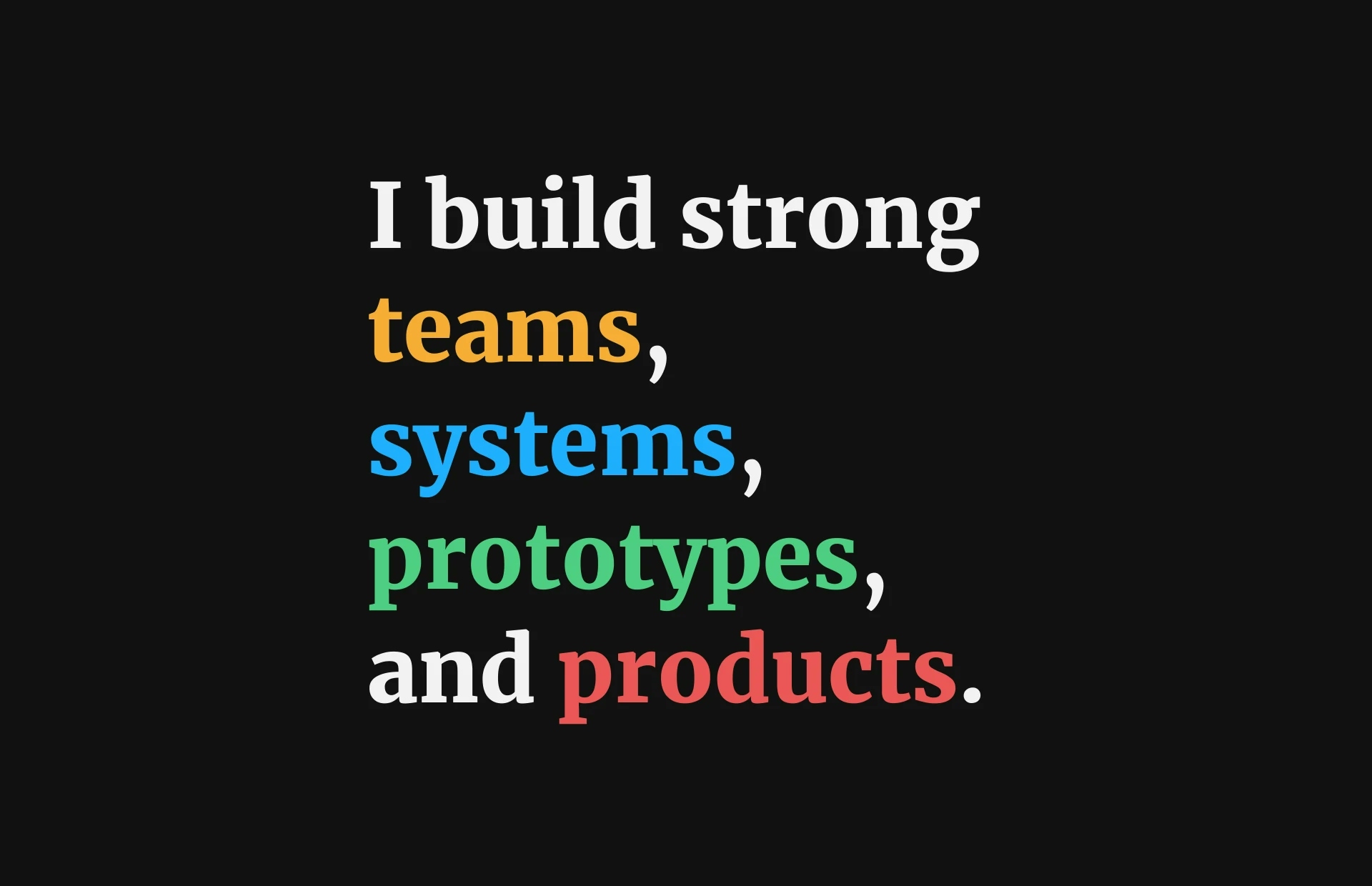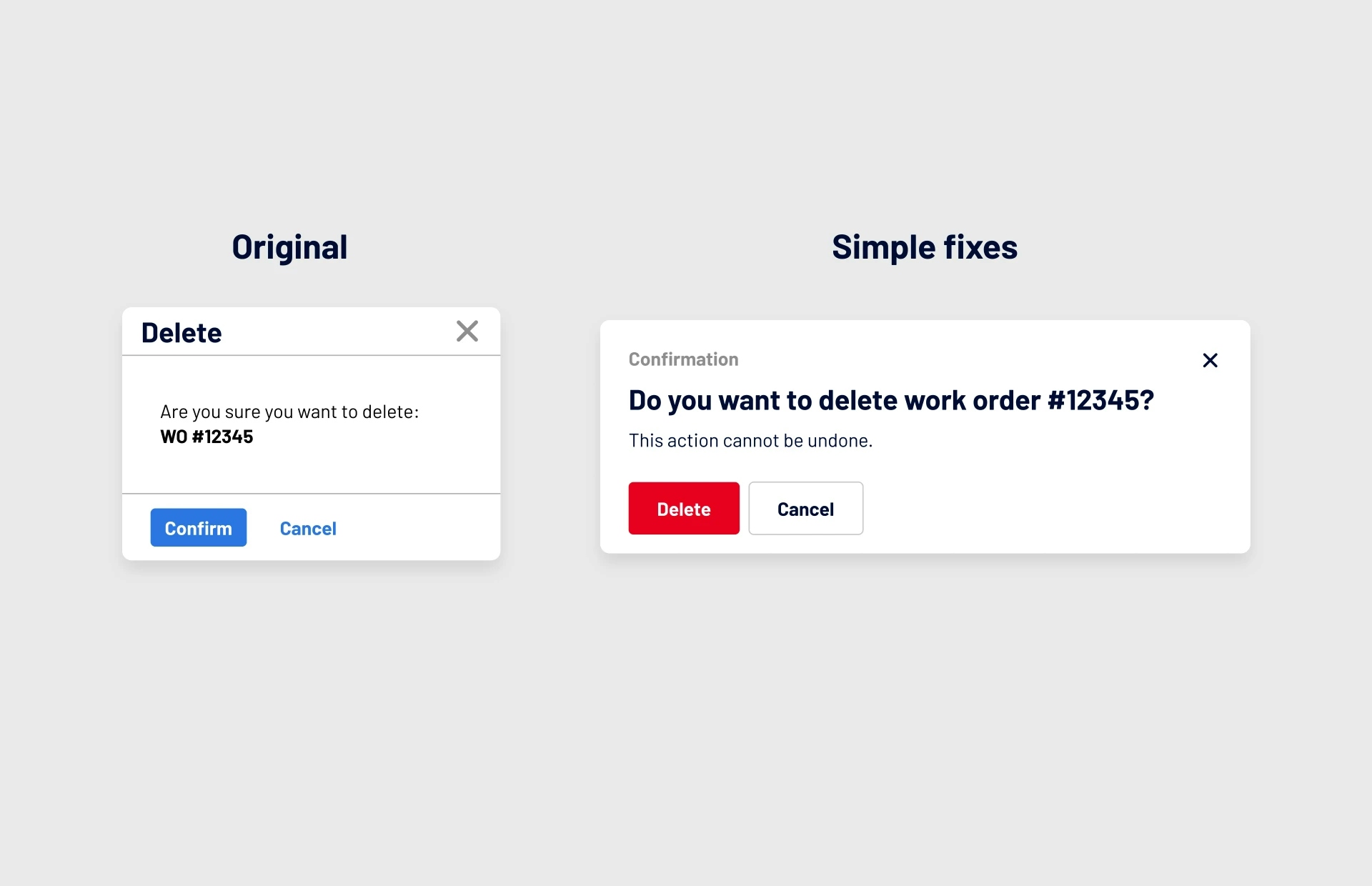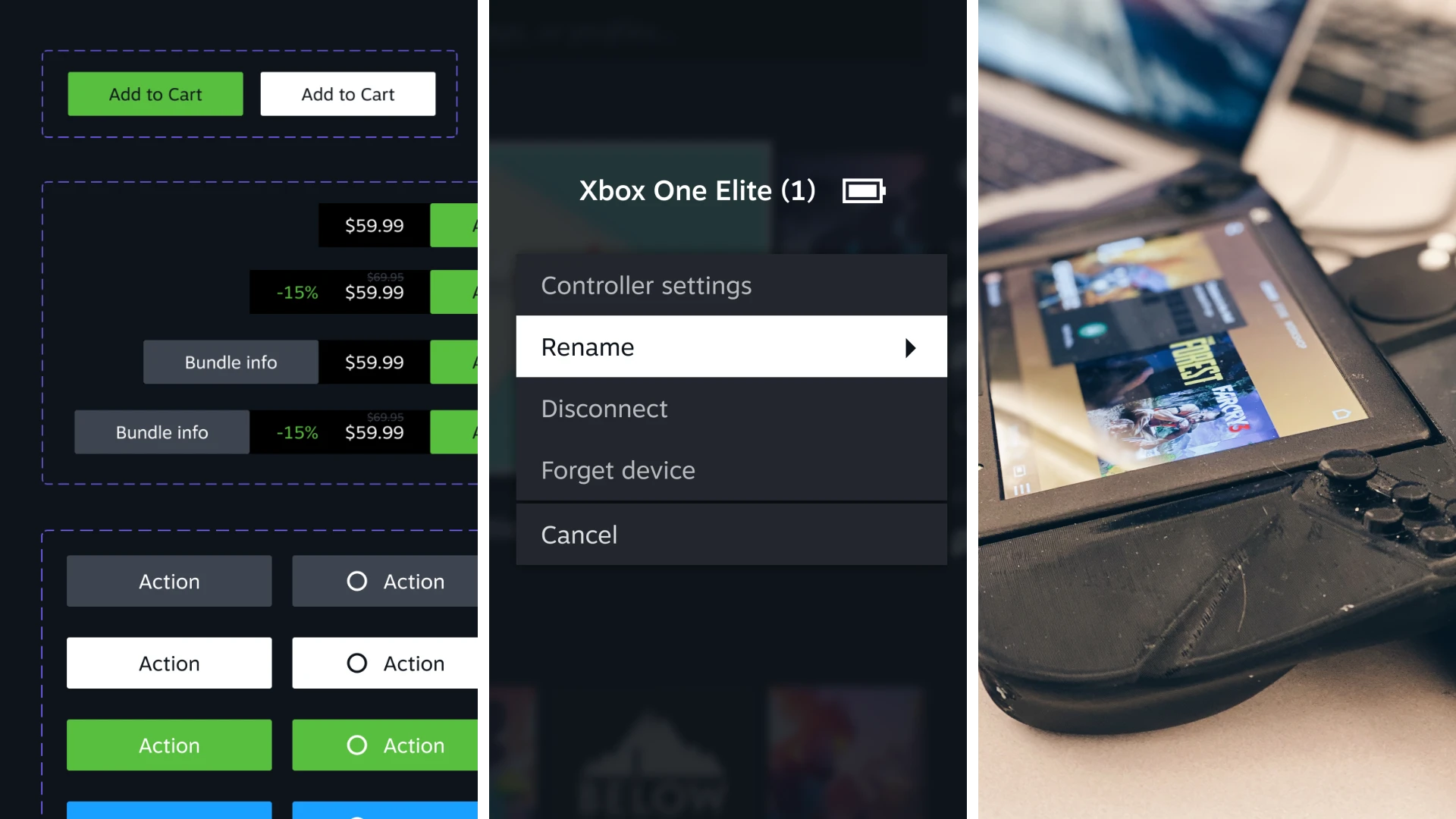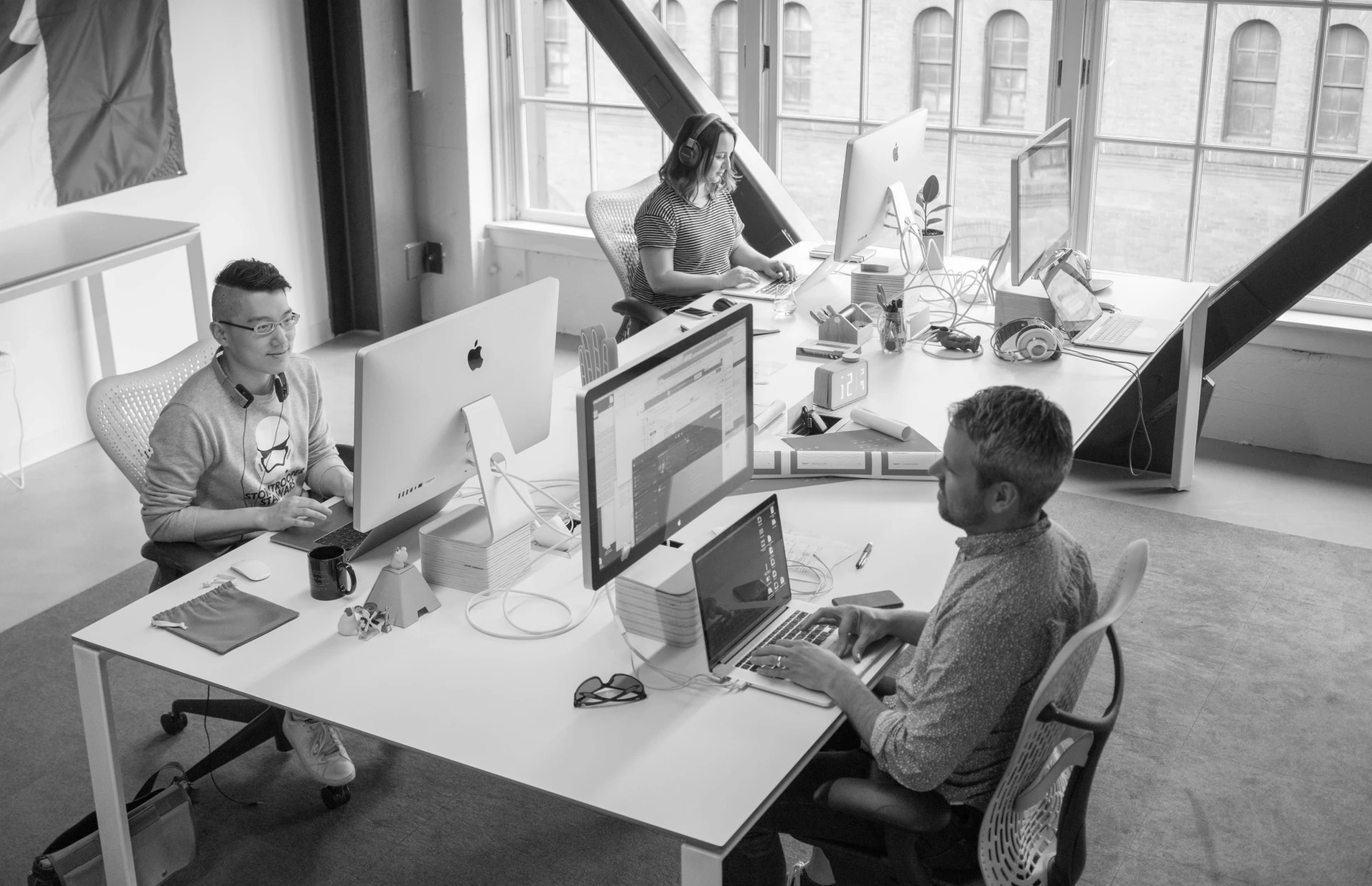
Honed by successes and failures, I’ve developed an approach to design that I believe leads to great work.
Introduction
My name is Tucker Spofford. I have 15+ years of UX design experience. I currently lead the design system at Blue Origin, previously I led UX design of Steam Deck at Valve. I like design thinking, but prefer design doing. I am a builder and a maker and often find myself filling the role of a leader–driving work forward. I try to approach all projects as a hands on collaborator, bringing fresh ideas and solutions to the table.
Design approach
- Advocate for a user centered design process that focuses on measurable outcomes
- Create quick, high fidelity prototypes, and test iteratively with users
- Build a foundational understanding of technology with engineering–we can often overcome obstacles and find better solutions together.
- Think about systems at all levels.
- Above all great collaboration is key, I don’t believe that anyone achieves their best work on their own

Advocate for a user centered design process that focuses on measurable outcomes
Focusing on outcomes for users is a qualitative way to measure improvements and success through design. It’s great way to engage others in the design process by agreeing ahead of time on the goals we want to achieve. When you focus first on user outcomes, features like accessibility, approachability and responsive design naturally become part of the solution.
At Blue Origin we set out to improve user satisfaction across our biggest tool, Jules. We found that by making language more clear and approachable, removing old patterns that were not accessible–especially to color blind users–and reworking components to make them touch friendly, we saw significant and measurable improvement. That was before we even started to make bigger design changes to improve productivity.
Create quick, high fidelity prototypes, and test iteratively with users
Interactive prototypes help evaluate assumptions and speed up decision making. Prototyping should be an integral part of the design process. I use it to check my own work, and I’ve found, that building it into the process often helps young designers find holes in their thinking sooner.
Throughout my career I’ve used prototypes to answer questions and solve problems. One example, while working at Valve I made several prototypes to test various interaction models for navigating content on Steam Deck. The prototype needed a higher base level of complexity to test all the modalities available on the device, touch, mouse & keyboard, d-pad navigation. I built a hardware mule that would connect directly to a computer, and found ways to use figma and framer to build interactive prototypes that felt complex but were easy to modify under the hood. Using this approach we were able to try new ideas quickly with users and make informed decisions without waiting for the entire software stack to be ready.
Build a foundational understanding of technology with engineering–we can often overcome obstacles and find better solutions together.
I always seek to leverage the available technology stack and tools to solve complex problems. I have a passion for diving deep and building a technical understanding of how things work. Rather than seeing tech as a limiting factor I think it provides fruitful opportunities to exploit and can help us push through to new ideas.
One major accomplishment at Blue was to rewrite our style sheets and color pallets to enable dark mode on all our components “for free”. By taking a look at how we were structuring our code compared to how we were structuring our designs I was able to make small updates to the code base that allowed us to take advantage of our programmatic approach to darkmode.

Think about systems at all levels.
Consistency, simplicity and scalability are critical aspects of good design work that require attention at the macro and micro scale From details like text ramps to layouts, workflows and strategies. I enjoy looking at problems from a high and low level simultaneously to create usable systems that scale.
Leading the UX effort on Steam Deck gave me an opportunity to really focus on experience at all levels. We were simultaneously exploring the interaction model, the hardware features and the product value proposition. The Quick Action hardware button allows the user to access an overlay of important information and Steam features from anywhere, instantly. We had to lock that decision in early, but it was critical to allowing for scalability and good experience. The button is located on the device in physical proximity to where the menu appears. We had to understand our product at all levels, what we wanted for customers, how the UI components and hardware would work together, and the features of the larger Steam ecosystem. We were able to come to come a great solution that could only exist because we understood our product at all levels, and could visualize the system that tied them all together.
Often I’ve found that making changes at the lowest levels–color, type, spacing, iconography, hardware buttons–completely changes the feel and flow of a product once everything comes together. I believe success comes from focusing not only on the small details but also the high level principles and desired outcomes we wanted to achieve.

Above all great collaboration is key, I don’t believe that anyone achieves their best work on their own
I always seek to build a strong supportive team where collaboration can take place. Everyone should feel comfortable sharing ideas and challenging assumptions. Jamming with others is often how I elevate my own ideas from harebrained scheme to truly great work. I’ve found that when that environment exists, the team can accomplish things that seem impossible.
Artefact was an environment where I felt like everyone could come to the table with ideas and there were always opportunities to contribute to work, even on other teams. In my work at both Valve and Blue, a big part of my contribution has been breaking down barriers, opening up space to jam and modeling how to come to the table and work together. I think having a fun and low stakes place to share work in progress–even just the inkling of an idea–is the best way to get great work out of a team.
When designers work together the result is higher quality output, a faster pace and more consistency. Often, folks talk about needing documentation, rules, and formal reviews to ENFORCE a design system. But I think it sticks better when others have a connection to the underlying principles. You build that connection by working with the principles together in a place where you feel empowered to question the rules by sharing new ideas.